Upstairs at the Gamble House, two curio cabinets contain many small objects collected by the Gamble family on their 1908 trip to Japan, China and Korea. Visitors often want to pause on the way into the two adjacent bedrooms to examine these treasures, but time, low light, and a locked cabinet door mean that few get the chance to do so. Below, a discussion of the few of these objects allows for an up-close look.
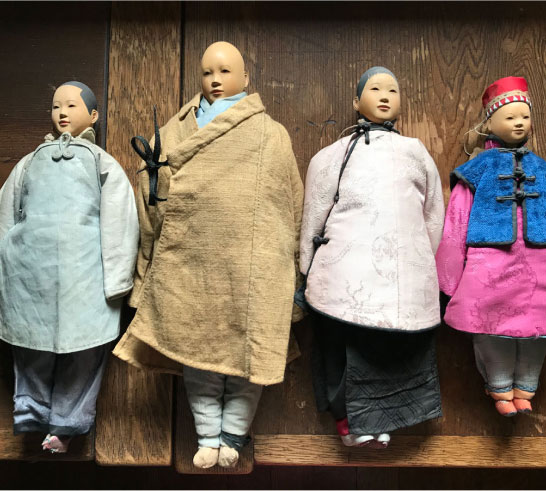
Through their philanthropic projects, David and Mary Gamble found ways to connect to their community (whether in Cincinnati or in Pasadena) and to the wider world. Their generosity extended even to causes in Asia. Their 1908 voyage to Japan, China, and Korea, undertaken while the Gamble House was under construction, gave them the opportunity to see first-hand the results of projects they supported.
In Shanghai, the Gambles paid a visit to the Door of Hope Mission. This institution was founded in 1901 and sheltered up to 200 girls as young as five, intending to protect them from the effects of poverty and political violence. The Mission had a sort of cottage industry in the making of dolls to support their operations and teach the girls skills; apparently the girls were paid for their labor. Door of Hope dolls are noted for the variety of occupations, social classes, and ages of people that they depict through their authentically detailed garments and accessories. About two dozen models of men, women and children are known. The engaging details of the clothing include a variety of fabrics used, ranging from undyed sack cloth to silk brocade and velvet (just in our examples); a close look reveals miniature frog closures on jackets and stitches representing shoelaces on the tops of the feet. Visible hand-stiches on the inside hem of a coat connect the observer, 100 years later, directly to the young girl who crafted or dressed the object.
Clarence Gamble, taking seriously his charge as a fourteen-year-old diarist and chronicler of the trip, noted that a man in a separate workshop was carving the dolls’ sensitively rendered heads out of pearwood. His mother purchased some of these dolls, and we now have four in our collection. We were fortunate that our Gamble House docent Sally Schmidt spotted the dolls in the curio cabinets and identified them for us just last year.
Please refer to this article for further reading: https://dollsmagazine.com/chinas-door-of-hope-mission-dolls/
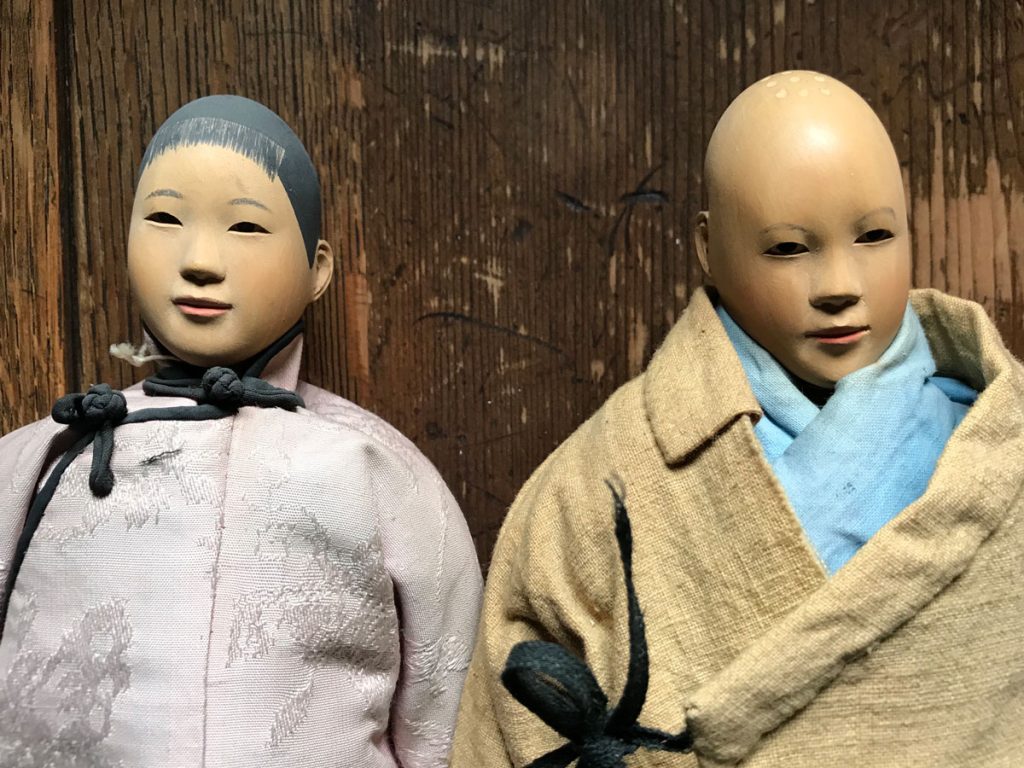
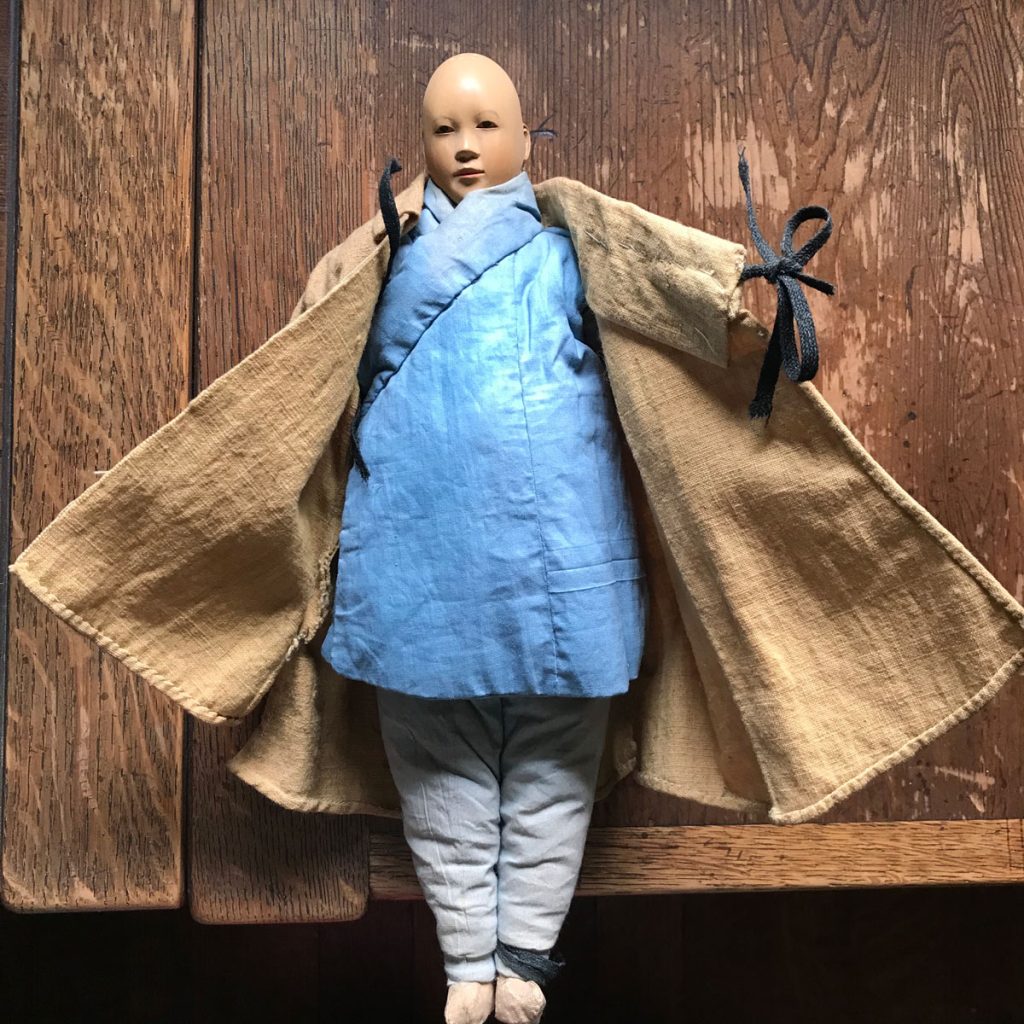
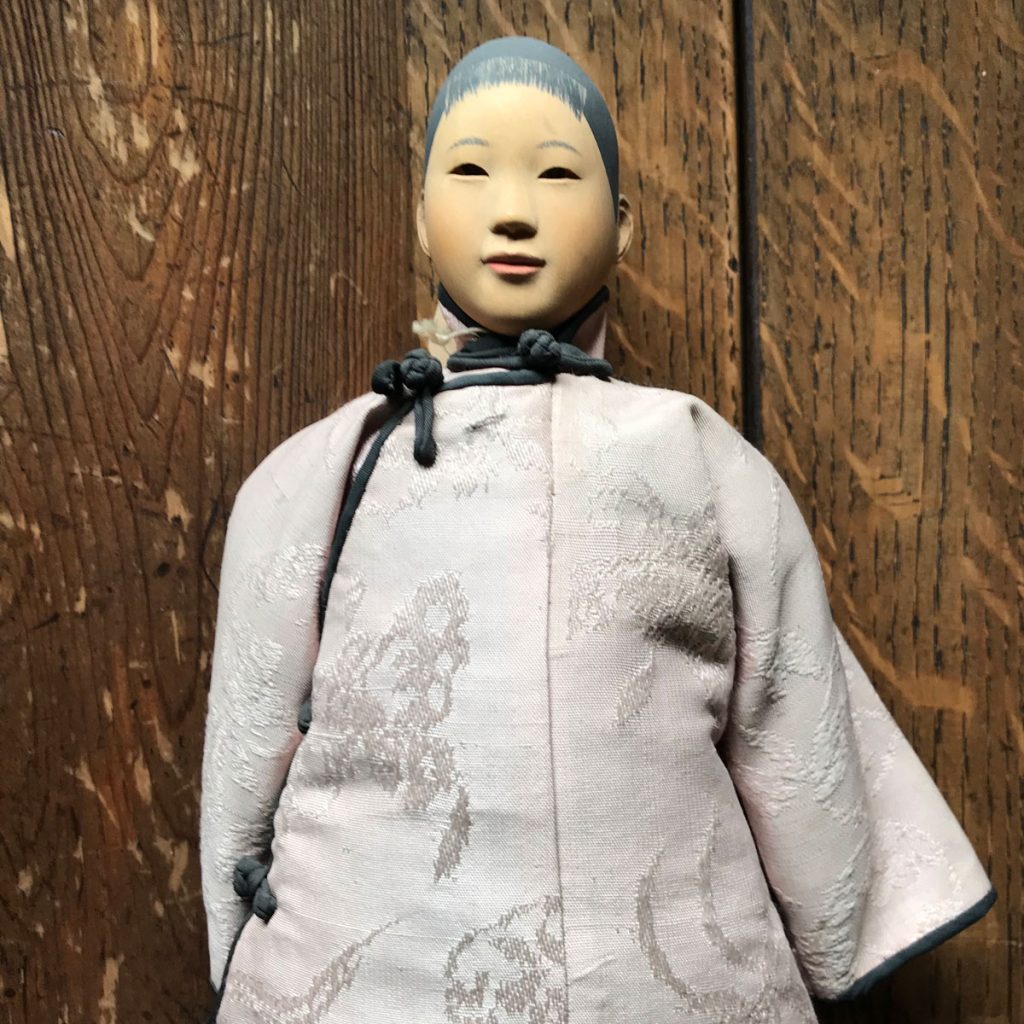
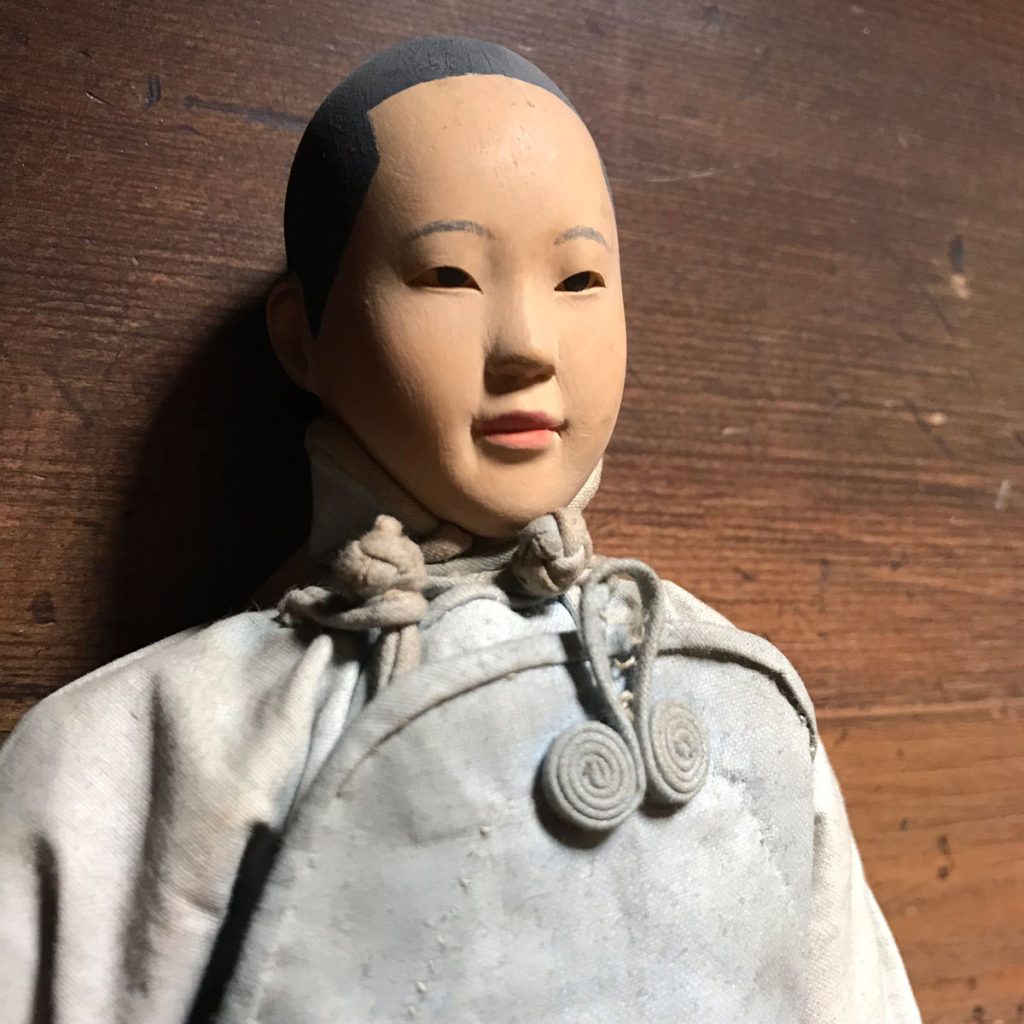

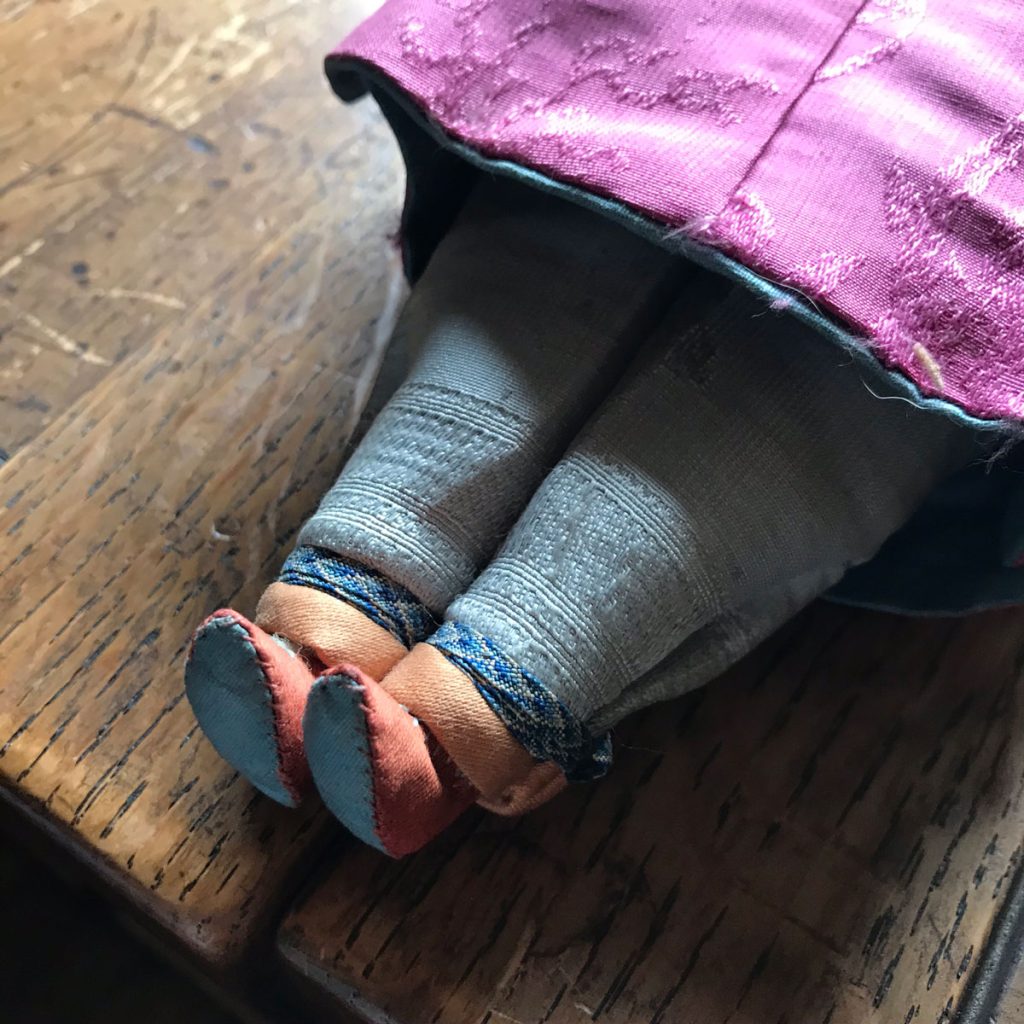
The Gamble family embarked on a voyage to Asia in March of 1908, just as their new winter home in Pasadena was under construction. Their agenda was not that of idle sightseers. The Gambles set their itinerary to immerse themselves and their two younger sons in a cultural experience throughout China, Japan, and Korea, and to see first-hand the results of several philanthropic projects they supported abroad. The photographs and journal that document their trip provide an extraordinary glimpse of Asia in 1908 and also reveal the Gambles as a family who were inquisitive about new experiences and the world around them. A series of publications by author Miriam Reed brings light to the Gambles’ experiences and the art objects for their new home with which the family returned.

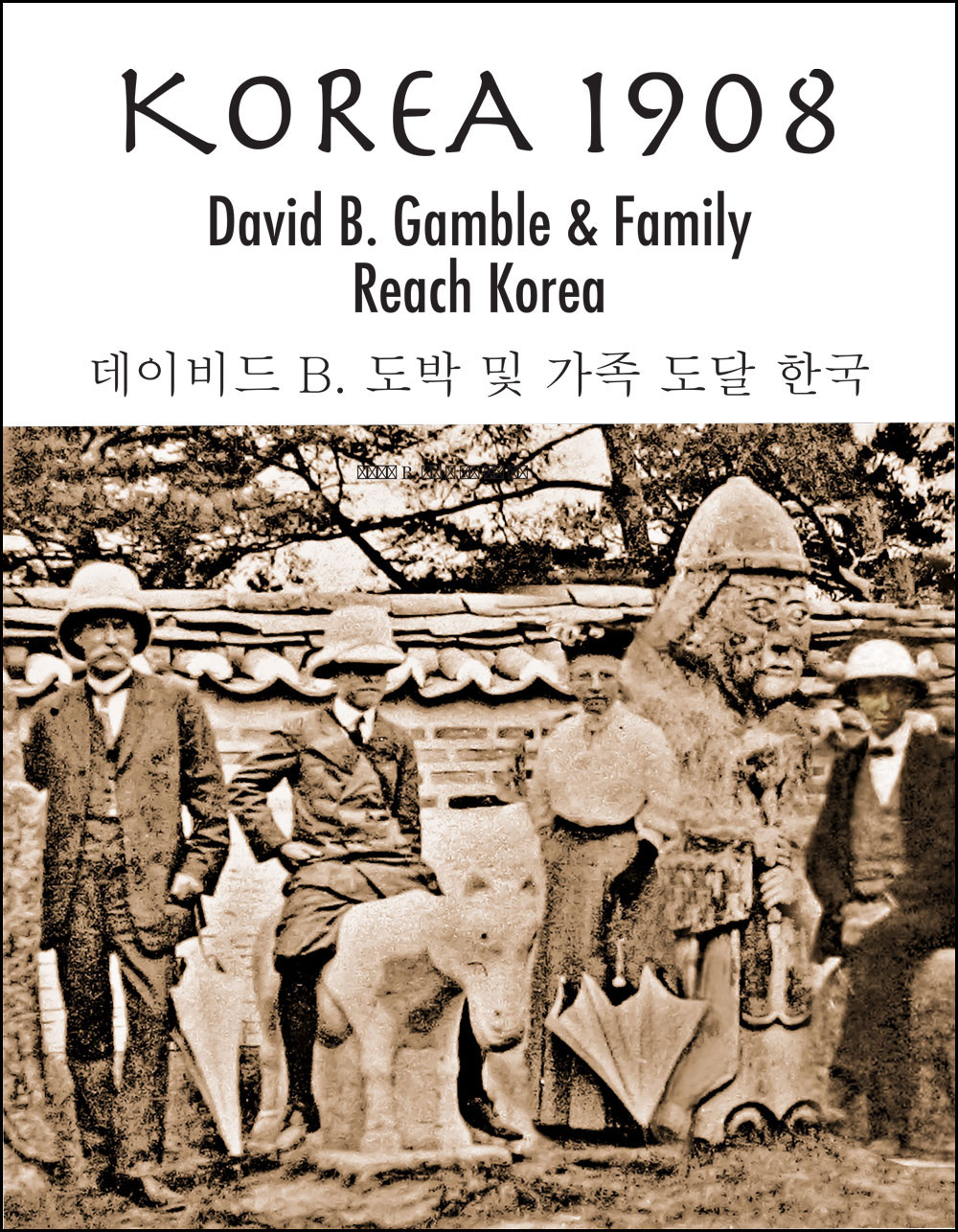
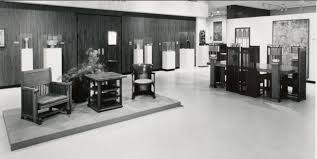
Leave a Reply